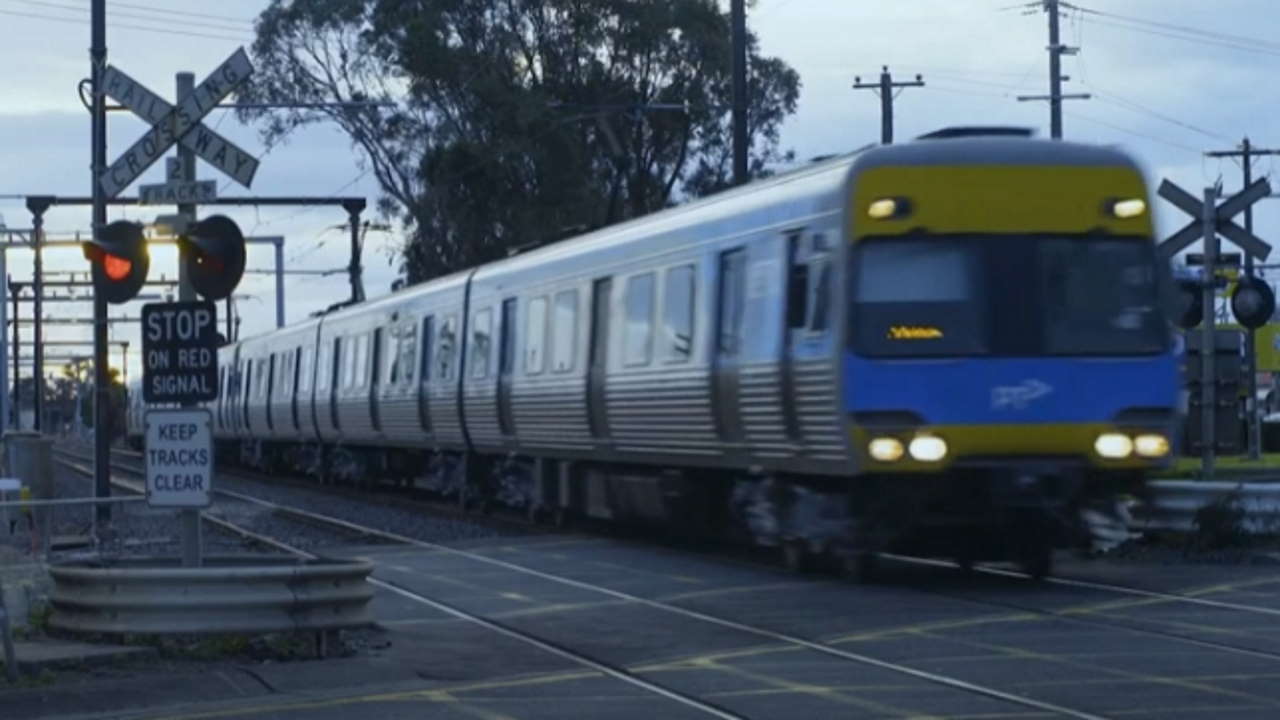The innovative AI-based system uses computer vision alongside machine learning technologies to allow real-time observation and examination and will bring safety at railway crossings.
This is the first deployment of its kind for Europe and Nokia’s association with Schweizer Electronics and BLT have proved the reliability of AI-based railway safety solutions for everyday use.
The safety of passengers and vehicles at level crossings is a priority for rail authorities as they bring the potential for serious injury or loss of life. Figures from the EU reveal approximately 250 fatalities and 300 serious injuries in relation to level crossings throughout the EU-28 countries for the 2018 period.
Even the most sophisticated warning systems can be bypassed or crossings obstructed, creating a vital need for train operators to be alerted to issues in real-time.
By amalgamating Nokia Scene Analytics, BLT can utilise machine learning algorithms based on CCTV data which will create ongoing learning of what is “normal” or irregular. As well as reporting anomalies to railway security in real-time, the AI-based platform can also detect object types, which will bring a more defined picture of the situation as it unfolds. Event-based video clips, images and associated data are stored and can provide post-incident forensic analysis.
The Nokia Scene Analytics solution will provide improved safety and response time for railway crossings whilst increasing operational efficiency by reducing downtime and delays. The machine learning capability will also reduce the time needed by rail personnel to manually update the system. In doing so, Nokia Scene Analytics will also give train operators much greater overall cost efficiency as it can be integrated with many standard industry cameras, bringing down the total cost of ownership, whilst increasing return on investment.
Michael Theiler, Head of Maintenance Electrical Systems at BLT, said:
“Level crossings are notoriously difficult areas to ensure the safety of passengers, pedestrians, train operators and motorists. This deployment, in collaboration with Nokia represents an encouraging step towards using analytics as another layer of protection in dangerous areas. Nokia Scene Analytics acts as an intelligent set of ‘eyes’ and, by providing critical information in real-time, to prevent or mitigate the impact of an incident”.
Roland Liem, Head of Product Unit Railroad Safety at Schweizer Electronics, said:
“By combining level crossing systems and Scene Analytics within a simple interface, this project with Nokia and BLT enabled us to automate the interaction between level crossing systems and alarms for enhanced safety. This will enable rail operators to close barriers and respond to dangerous situations at crossings in real-time.”
Karsten Oberle, Head of Rail at Nokia, said:
“As the first deployment of its kind in Europe, this project with Schweizer Electronics and BLT enabled us to address many of the level crossing safety issues which are at the top of priority lists for rail operators. It is now our ambition for Nokia Scene Analytics to become a key part of the transition towards the digitalisation of future railways. By integrating machine learning into level crossing systems, we will be able to continuously improve and refine safety processes in real-time. This will ensure that safety remains at the forefront for train operators, workers and customers alike.”






Responses